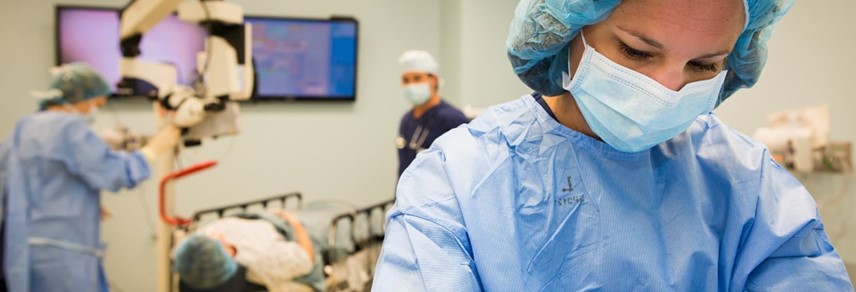
RESEARCH SHOWS LACK OF WOMEN IN SENIOR NHS ROLES
Despite vast improvements taken over the past century to improve workplace gender equality, the balance at boardroom level is repeatedly called into question. Recent policies implemented by the UK government, for example penalising companies which refuse to publish gender pay, go some way towards establishing workplace inequality and highlight the issue as worthy of sanction. For the NHS, however, lack of female board representation is brought into sharp focus by the numerous females - and lack of males - in its nursing cohort.
Recent research shows that the NHS’ target of gender parity at boardroom level, designed to be reached in three years’ time, is unlikely as women are still unable to reach key senior roles. The report, Women on NHS Boards: 50:50 by 2020, is the first in-depth look at data relating to female representation on NHS boards. It reveals that of the 245 NHS trusts and arms-length bodies (ALBs) surveyed, women remain underrepresented at many levels.
Just over a quarter (26.3%) of finance directors and under a quarter (24.6%) of medical directors are women, while the percentage of female chief nurses stands at 85.4%. Professor Sealy, lead researcher for the annual Female FTSE Report, says, “There are lots of women working in the NHS – in fact, they make up 77% of the workforce within the health service. Women have been in the NHS long enough to occupy the top roles… the fact that women are still underrepresented in key decision-making jobs, such as medical and finance directors, shows there is still work to be done.”
And while Professor Sealy’s outlook is – perhaps rightly – on the negative side, in some NHS roles female uptake is encouraging. The percentage of chief executive officers is creeping towards the halfway mark, standing at 42.6%. Chief operating officers and human resources directors are mainly female in NHS trusts and ALBs, standing at 53.3% and 63% respectively.
In a foreword to the Women on NHS Boards report, Ed Smith, chairman of NHS Improvement and diversity champion for senior women in the NHS, says, “We make no apology for adopting the approach which Lord Davies took in his work on the FTSE 100 which is now being led by Sir Philip Hampton and Dame Helen Alexander. No apology – because his approach has led to substantial progress. Our approach and recommendations can do so as well if they are embraced by the leaders of systems and of individual organisations across the NHS.”
Clare Marx CBE DL PRCS, president of the Royal College of Surgeons, says, “The progress to date is excellent but as yet the aspiration of 50% women on NHS boards by 2020 will not be achieved unless there continues to be transparency, focus and effort, nurture and encouragement in the NHS. I fully support the recommendations of the report.”
Recently, a video of primary school-aged children being surprised to learn the surgeon they are meeting is female went viral across social media. Similarly, a video in which older generations are given a hypothetical medical situation and always imagined the doctor to be male indicates how gender workplace norms infiltrate social consciousness at every level – even in an institution as well-respected as the NHS. With new measures to readdress this balance and the barriers facing female NHS leader, future generations of doctors, nurses and senior clinicians should not be obstructed by gender.


